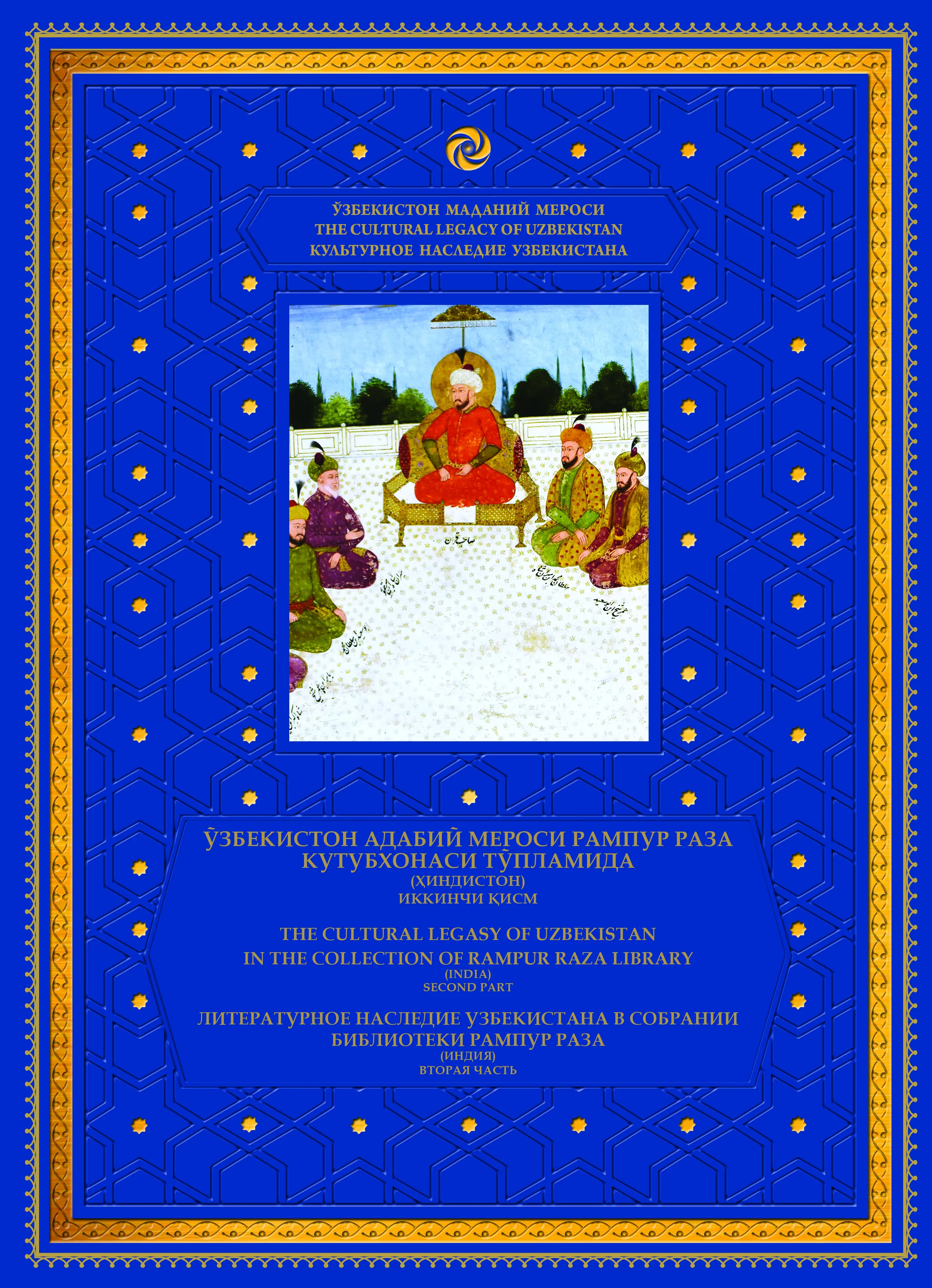THE LITERARY LEGACY OF UZBEKISTAN IN THE RAMPUR RAZA LIBRARY COLLECTION (INDIA) (PART 1)
Description
The Raza Library, located in Rampur (Uttar Pradesh, India), is called the Taj Mahal of books. This treasury, founded in the 18th century, stores thousands of valuable manuscripts in Sanskrit, Arabic, Persian, Turkic, Pashto, Urdu, Hindi and other languages. An important part of this collection is represented by manuscripts that are the literary heritage of Uzbekistan. Two volumes of the Literary Legacy of Uzbekistan in the Collection of the Rampur Raza Library (India) are dedicated to them. Most of these books were created on the territory of Transoxiana or in India, in the Baburid period, by immigrants from Transoxiana. Part I presents works on the history of the Temurids, manuscripts in Turkic and many others, revealing the genre diversity of medieval literature. Of particular interest is the miniature Temur's Court. This allegorical scene depicts the great statesman Amir Temur surrounded by his twelve descendants. The miniature was created by Muhammad Afzal 'Abu Faqir Allah Khan in the second quarter of the 18th century.

